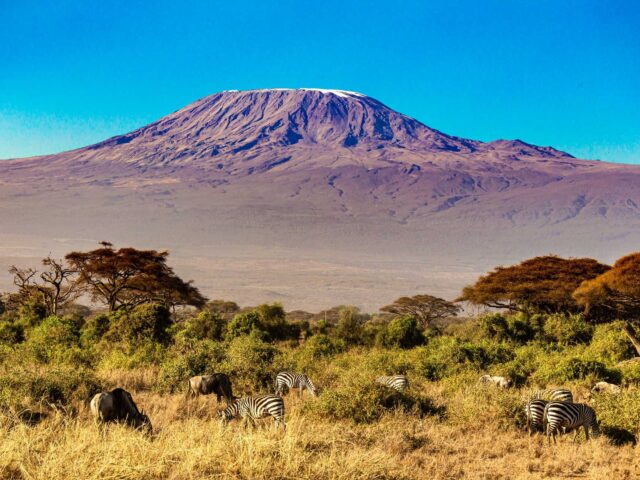
Renowned for its diverse ecosystems ranging from lush rainforests to alpine..

Renowned for its diverse ecosystems ranging from lush rainforests to alpine..
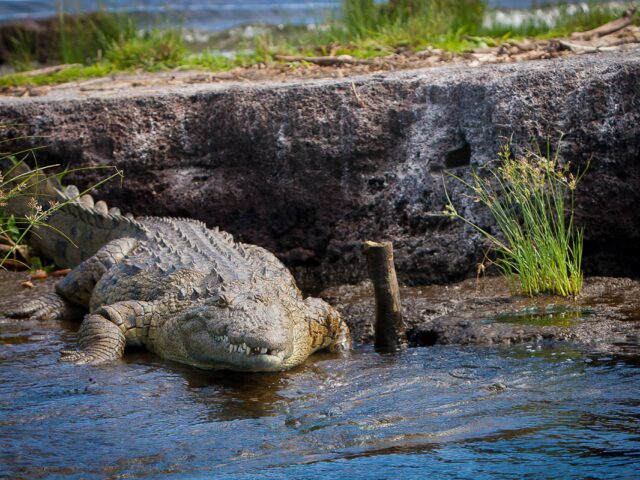
Rubondo Island national park has a size of 240 km². It is only one of two Tanzanian national parks located on an island in Lake Victoria, the world’s second-largest lake. It is located in the southwest corner of the lake. Rubondo became a game reserve in 1965, to provide a sanctuary for animals. Tanzania gazetted Rubondo in 1977 as a national park. It is uninhabited and consequently 90% of the island remains forest today. With nine smaller islands under its wing, Rubondo also protects precious fish breeding grounds.
The habitat of Rubondo Island is mixed evergreen and semi-deciduous forest, which covers about 80% of the island’s surface area, hosting a variety of common species. The eastern lakeshore is characterized by rocky areas and sandy beaches whilst the western shore supports extensive papyrus swamps, lined with date palms.
Rubondo is home to a surprising number of large animals. Elephant, giraffe, bushbuck, Bush buck, Chimpanzee, hippo and crocodile. Except the wildlife viewing, guests can also embark on a variety of other activities that promote eco-sensitivity.
The park hosts a diverse number of birds. With 300 endemic and migratory bird species, Rubondo Island is an ornithologist’s dream. The most common species are African darters, egrets, pied kingfisher, the high-pitched screeches and African grey parrot. Rubondo also holds a very high concentration of fish eagles.
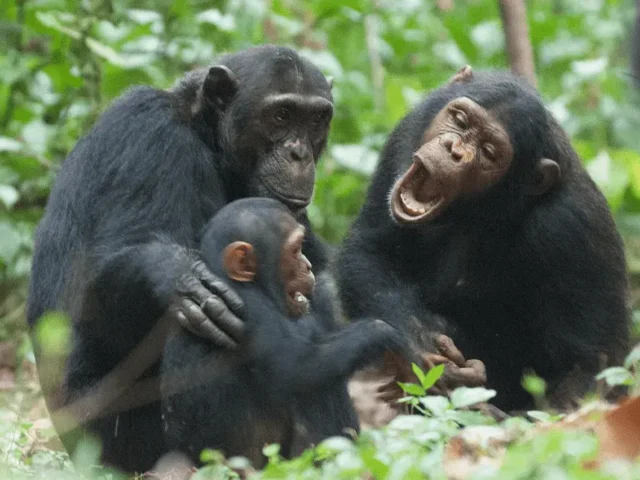
With an area of only 52 sq km, Gombe Stream National Park is Tanzania’s smallest national park, but its connection to Jane Goodall has given it world renown. Many of Gombe’s 100-plus chimps are well habituated and though it can be difficult, sweaty work traversing steep hills and valleys, if you head out early in the morning sightings are nearly guaranteed. As well as chimp tracking you can see Jane’s old chimp-feeding station, the viewpoint on Jane’s Peak and Kakombe Waterfall. In addition to walking in the forest, it’s possible to swim in the lake (no hippos or crocodiles, though bilharzia may be a risk) or hike along the shore.
Chimpanzees share about 98% of their genes with humans, and no scientific expertise is required to distinguish between the individual repertoires of pants, hoots and screams that define the celebrities, the powerbrokers, and the supporting characters. Perhaps you will see a flicker of understanding when you look into a chimp’s eyes, assessing you in return – a look of apparent recognition across the narrowest of species barriers.
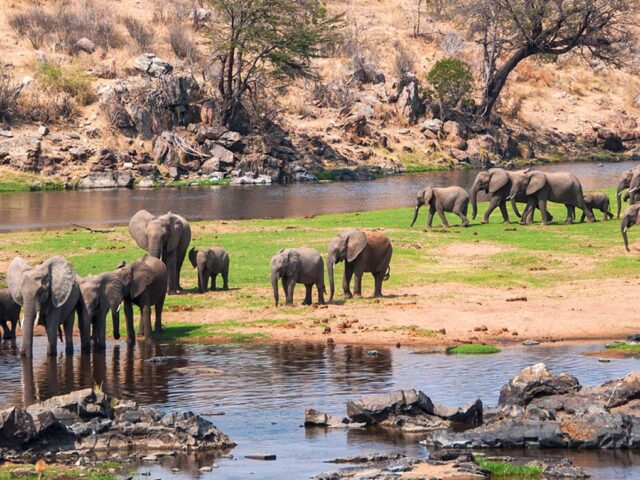
In Ruaha National Park, you can experience classic safari adventures without encountering many other travellers and safari vehicles. Famous for its high number of predators, elephants, and varied landscapes, walking safaris and hot air balloon rides. All you have to do is leave the popular northern circuit behind and venture South!
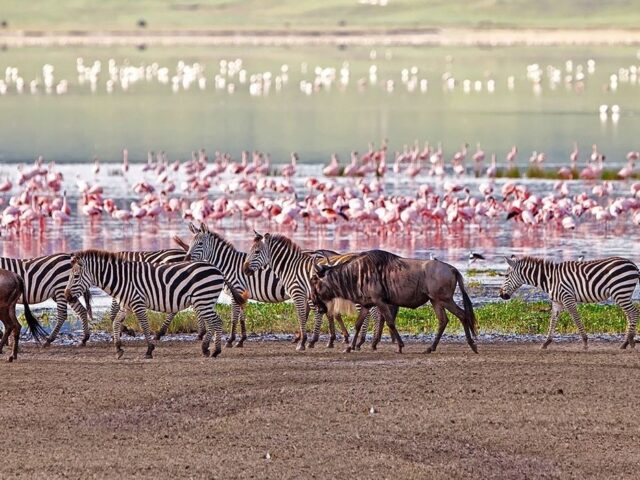
Lake Manyara National Park is one of the premium national parks in Tanzania which is found in the Arusha region. The park is famous for its unique inhabitants those are the Tree climbing lions which are rare and found only in Manyara and Serengeti in Tanzania. The tree-climbing lions can also be seen in Uganda in the Ishasha sector of Queen Elisabeth National park . This park is among the smallest national parks in Tanzania covering 330 square kilometers approximately 127 square miles.
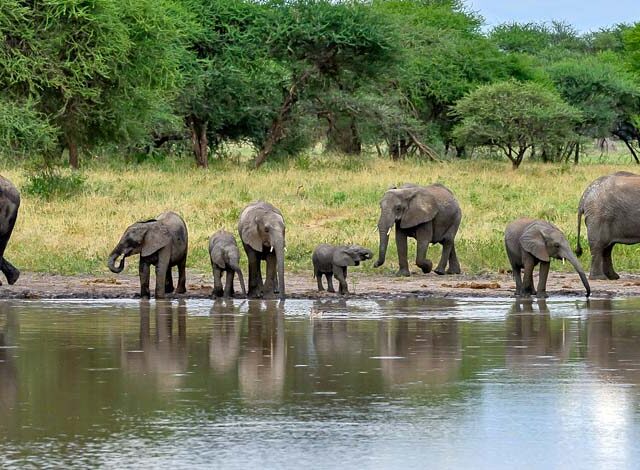
The 2,800 km2 sized park is dominated by huge Baobab Trees and the Tarangire River which has shriveled to a shadow of its wet season self. But it is choked with wildlife. Thirsty nomads have wandered hundreds of parched kilometers knowing that here, always, there is water. Herds of up to 300 elephants scratch the dry river bed for underground streams, while migratory wildebeest, zebra, buffalo, impala, gazelle, hartebeest and eland crowd the shrinking lagoons.
During the rainy season, the seasonal visitors scatter over a 20,000 km2 range until they exhaust the green plains and the river calls once more. But Tarangire’s mobs of elephant are easily encountered, wet or dry. The swamps, tinged green year round, are the focus for 550 bird varieties, the most breeding species in one habitat anywhere in the world. On drier ground you find the Kori bustard, the heaviest flying bird; the stocking-thighed ostrich, the world’s largest bird; and small parties of ground hornbills blustering like turkeys.
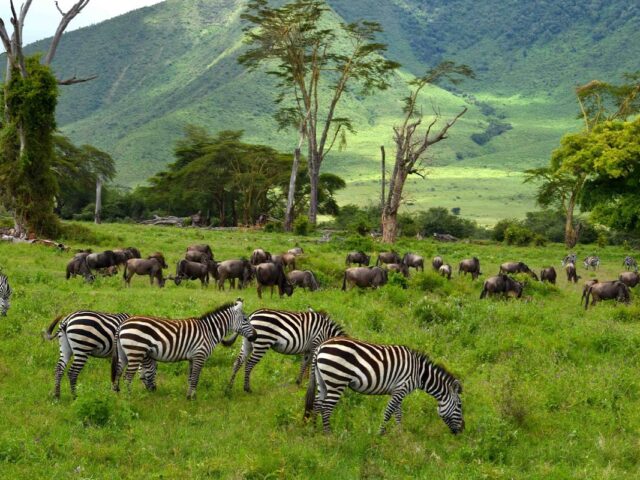
The jewel in Ngorongoro’s crown is a deep, volcanic crater, the largest un flooded and unbroken caldera in the world. About 20kms across, 600 meters deep and 300 sq kms in area, the Ngorongoro Crater is a breathtaking natural wonder.
The Ngorongoro Crater is one of Africa’s most famous sites and is said to have the highest density of wildlife in Africa. Sometimes described as an ‘eighth wonder of the world’, the Crater has achieved world renown, attracting an ever-increasing number of visitors each year. You are unlikely to escape other vehicles here, but you are guaranteed great wildlife viewing in a genuinely mind-blowing environment. There is nowhere else in Africa quite like Ngorongoro!
The Ngorongoro Crater is the world’s largest intact volcanic caldera. Forming a spectacular bowl of about 265 square kilometres, with sides up to 600 metres deep; it is home to approximately 30,000 animals at any one time. The Crater rim is over 2,200 metres high and experiences its own climate. From this high vantage point it is possible to make out the tiny shapes of animals making their way around the crater floor far below. Swathes of cloud hang around the rocky rim most days of the year and it’s one of the few places in Tanzania where it can get chilly at night.
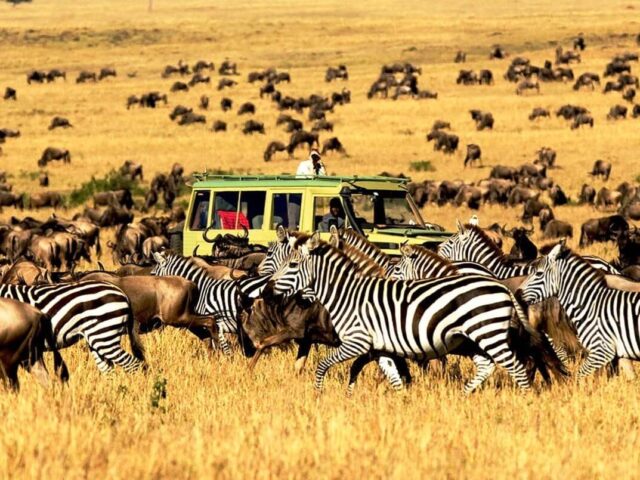
The main game reserve found in Tanzania is Serengeti National Park, which is located in the Northern part of the country covering an expansive total surface area of approximately about 14,750 square kilometers (5,700 square miles). More so, this protected area is famously known as the largest national park and one of the most iconic and ecologically significant wildlife conservation areas found in the whole world.
Serengeti National Park was established as a national park in 1951 and it was designated as a UNESCO World Heritage Site and being under the management of the Tanzania National Park Authority who plays a vital role in preserving and protecting all the national parks in the country. more so, this national park is ranked to be among the most visited game parks whereby it receives a total population of about 350,000 per year and it is famously known for being a perfect location for the Great wildlife Wildebeests and due to the fact that it is home to the big five animals such as; lions, elephants, leopards, rhinos among others.
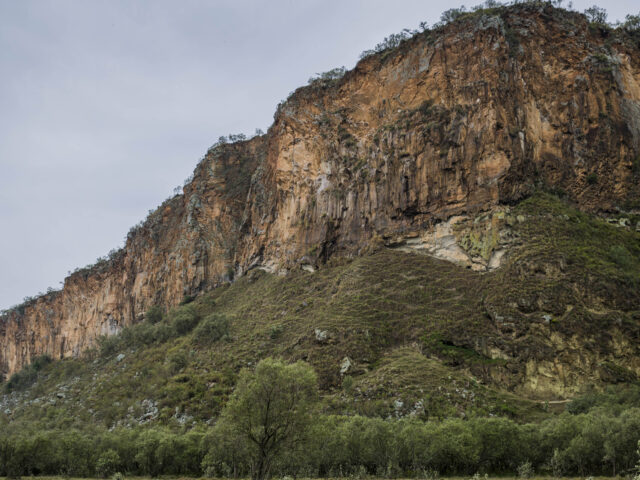
Hell’s Gate National Park is a national park situated near Lake Naivasha in Kenya. The park is named after a narrow break in the cliffs, once a tributary of a prehistoric lake that fed early humans in the Rift Valley. It was established in 1984. The park is notable for its wide variety of wildlife and for its scenery.[2] This includes the Fischer’s Tower and Central Tower columns and Hell’s Gate Gorge. The national park is also home to five geothermal power stations at Olkaria. The park features three basic campsites and includes a Maasai Cultural Center, providing education about the Maasai culture and traditions.
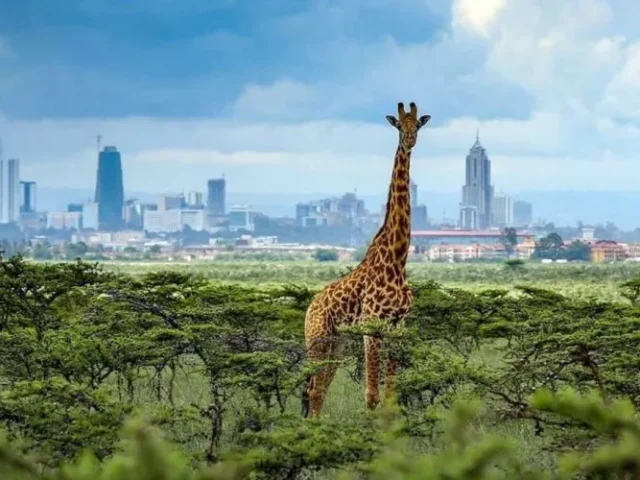
Welcome to Nairobi National Park, the extraordinary wildlife haven nestled just 10 kilometers south of Nairobi City Center.
As the world’s only wildlife capital, this unique park offers an incredible opportunity to witness Kenya’s abundant wildlife within close proximity to a bustling metropolis.